The coronavirus pandemic has caused massive damage to the economy, and the lives and livelihoods of people. India, the second worst coronavirus-hit country in the world, has now been reporting less than 15,000 daily cases, giving an indication that the pandemic has slowed down if not completely stalled in its tracks. But what about the economy? How and when is Indian economy going to bounce back? What major policy decisions should the upcoming Budget have to cushion the blow? Dr Prannoy Roy and former Chief Economic Adviser Arvind Subramanian discuss the present and post-Covid economic scenarios.
Here are the highlights of Dr Prannoy Roy's analysis:
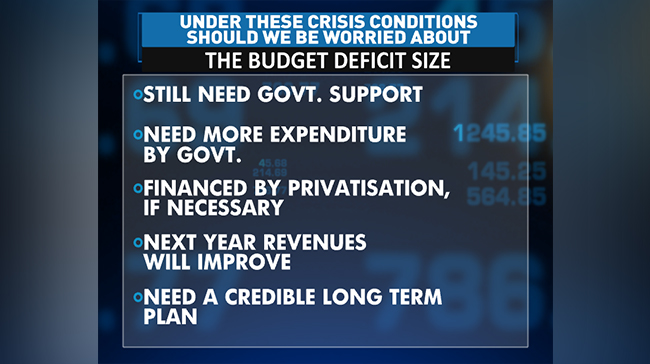
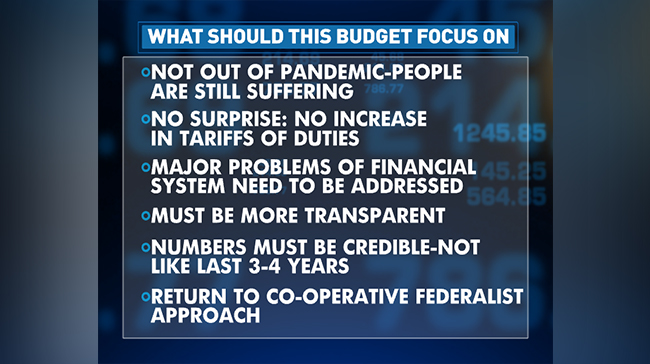
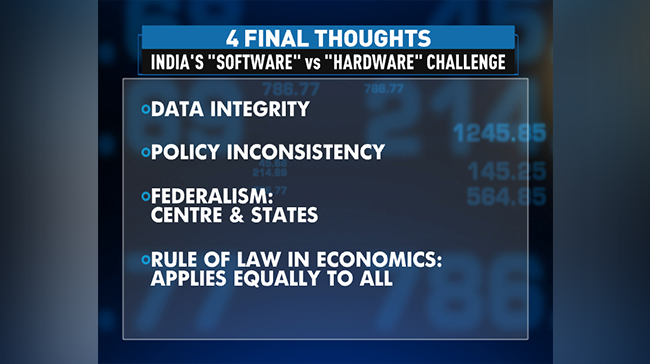
#NDTVExclusive | Pandemic hit Indian economy
- NDTV (@ndtv) January 28, 2021
Worst among all developing countries#BudgetWithNDTV | #Budget2021 pic.twitter.com/zxEd0rtWxX


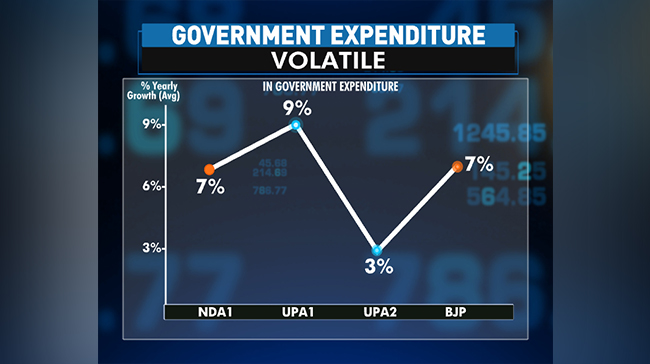
 NDTV: According to your data on the corporate sector, let's have a look at the power corporate sector is suffering. And it really is worrying to see what's happening there. We look at the data there that you brought up. If you look at for example, sales, sales are really falling hugely. They were growing at 11%, 17% and 7%. Now they're growing at 3%, a year from 17% to 3%? I mean, that is just a very frightening impact of all the policies that are, you know, self-reliance and protectionism. Moving on, let's have a look at even the profits of the corporate sector. What are they like? They are also falling dramatically from this percentage of GDP. From 2.7% of GDP profits of 1.4. Now, people might say, oh, cut profits is a great thing. But these profits are savings, and they are reinvested. And the impact is really severe on the economy. So, profits dropping by half is terrible. As a result, as I just mentioned, profits are used to invest, look at that plummeting investment in our industries, 25% down to 2%. That's the growth rate? That is really worrying. This is, this is an emergency, we need some resuscitation, or, Arvind.
NDTV: According to your data on the corporate sector, let's have a look at the power corporate sector is suffering. And it really is worrying to see what's happening there. We look at the data there that you brought up. If you look at for example, sales, sales are really falling hugely. They were growing at 11%, 17% and 7%. Now they're growing at 3%, a year from 17% to 3%? I mean, that is just a very frightening impact of all the policies that are, you know, self-reliance and protectionism. Moving on, let's have a look at even the profits of the corporate sector. What are they like? They are also falling dramatically from this percentage of GDP. From 2.7% of GDP profits of 1.4. Now, people might say, oh, cut profits is a great thing. But these profits are savings, and they are reinvested. And the impact is really severe on the economy. So, profits dropping by half is terrible. As a result, as I just mentioned, profits are used to invest, look at that plummeting investment in our industries, 25% down to 2%. That's the growth rate? That is really worrying. This is, this is an emergency, we need some resuscitation, or, Arvind.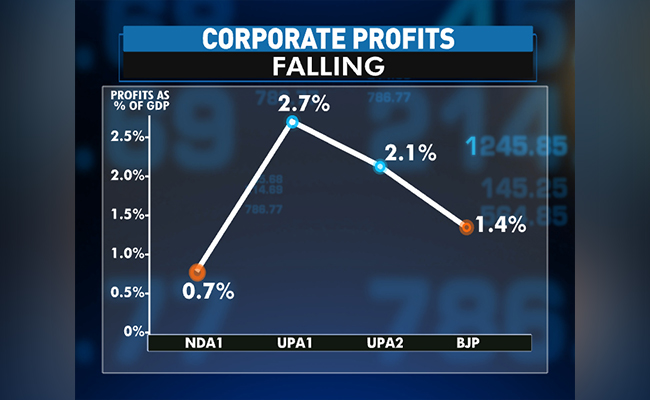
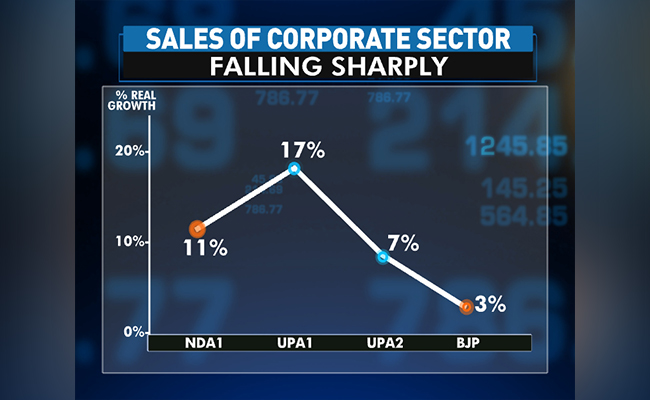
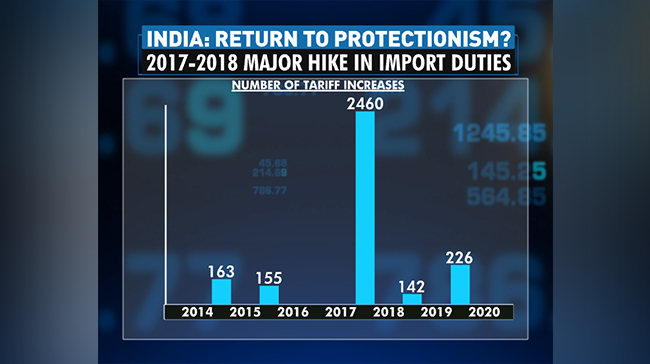

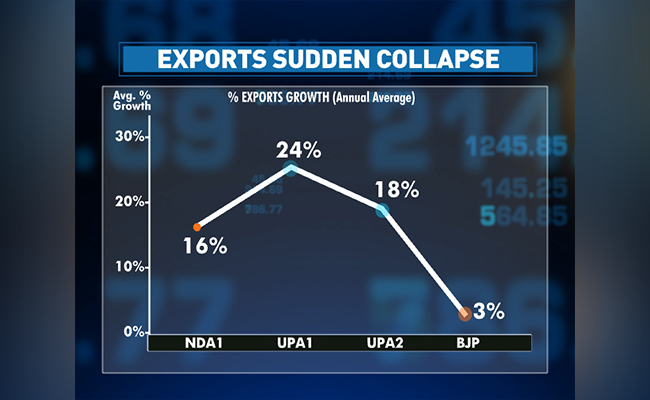
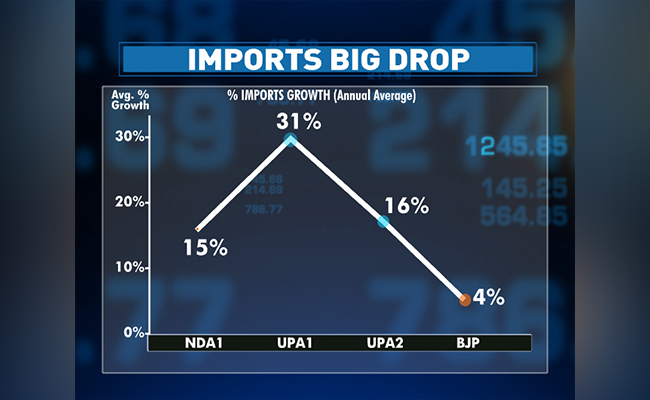


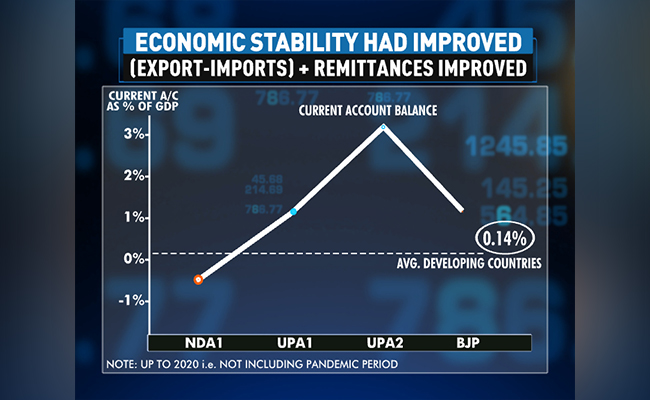


Dr Arvind Subramanian: So, I think, in my view, I think this is probably one of the most significant achievements of the government. You know why it's very interesting is because it is a very distinctive approach to the question of redistribution, and you know, inclusive growth, you know, how governments generally do that, either they provide you know, health and education like public goods, or the UPA builds social safety nets like, no, MNREGA, you know, PDS, right to education, right to food, etc, etc. So that was the UPA approach to this. The BJP and Mr Modi's government have a very different approach to this, which is essentially to say, we are going to provide tangible goods and services like all the things that you mentioned, to improve the lives of the poor.
Dr Arvind Subramanian: There are two big challenges that await us even if we rebound. One, there's going to be a just recovering the devastation from the pandemic itself, you know, 15 to 17 million people, fewer are employed relative to 2019. And the RBI, you know, remarkably, has said, you know, the NPA are going to go up from seven and a half, almost doubled to 13-and-a-half percent.
NDTV: Non-Performing Assets, NPA
Dr Arvind Subramanian: Non-Performing Assets is going to be devastating. So, we just have to recover from that. Yes, that's the first challenge.
NDTV: And then they are going to double? Bad debts are going to double. Wow.
Dr Arvind Subramanian: They're going to double. Exactly. Terrible
NDTV: But one thing that you did mention, one thing that you have mentioned in your papers is that India has achieved some degree of improved economic stability and if I show some of your data, maybe you could explain it to us in a little more depth.
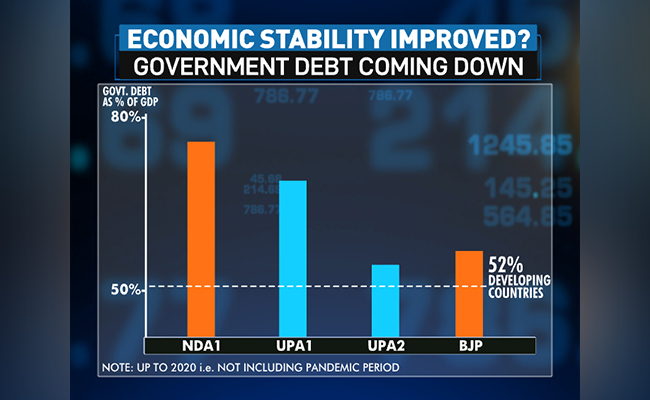
Dr Arvind Subramanian: Sorry, we should just clarify to viewers that now we're going to talk about all these numbers until just before the pandemic hit, because that debt number is going to look very different after the pandemic. Now the economy, until the pandemic hits, because that's going to give us the second challenge, how do you restore dynamism back again?
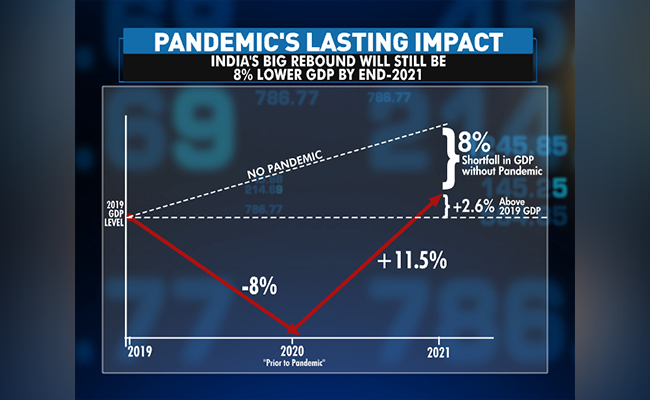
#NDTVExclusive | "The pandemic and lockdown response that had to be taken slowed down economic activity quite a bit. But this came on top of pre-existing weaknesses in the economy": Former Chief Economic Adviser @arvindsubraman #BudgetWithNDTV pic.twitter.com/R4cWTlnqnf
- NDTV (@ndtv) January 28, 2021
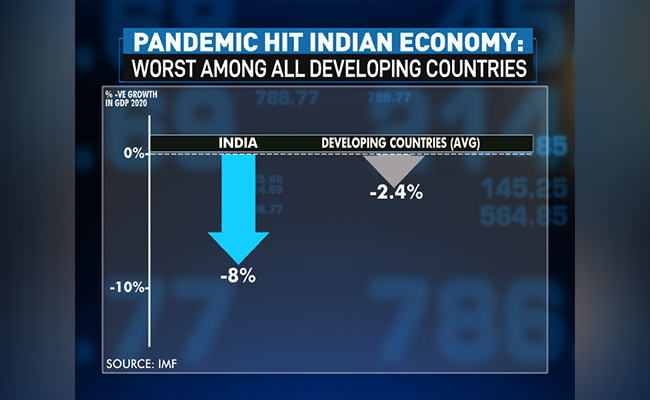
Dr Arvind Subramanian: Yes. So, I think those are very nice graphics Prannoy. For now. I just, one caution is that all these numbers are subject to a lot of uncertainty, as you know, I think what we can say for sure, is that 2021 will be a good new good year for India. And that's the good news. Whether it's 11 and a half, or seven or eight or nine or whatever, who knows. But I think it's going to be...
NDTV: A 12 or 14, yes?
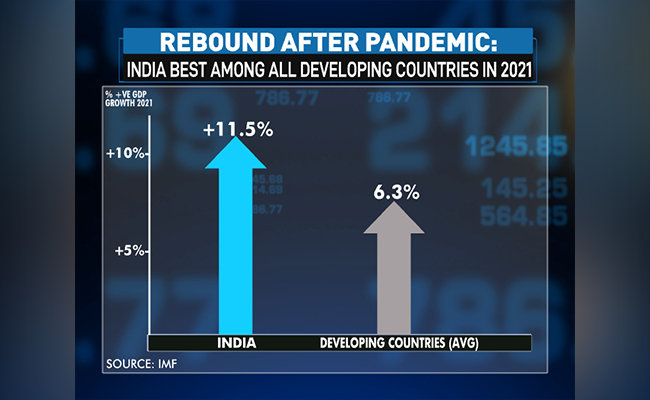
NDTV: Arvind just to start, before I just get into your first bit of data, this is a really, as I mentioned, pivotal time for the Indian economy, a crucial time. It's a big, big budget and an important economic survey. Right?
Dr Arvind Subramanian: Yes. You know, just to be a little bit provocative, I would say that, perhaps after the first full Budget of the government in 2015, this is arguably the most important Budget because, you know, for two reasons. One, of course, is that, you know, the economy has been devastated by, as you were describing, one of the worst pandemics. And so, you know, we have to recover from what is a huge hit to the economy. But I think also in a more positive sense, it offers the government an opportunity to kind of reset course, you know, given, you know, successive stumbles, the pandemic, it gives it a chance to, you know, reset its approach to policy making, which is what I hope we will discuss over the course of this programme.

